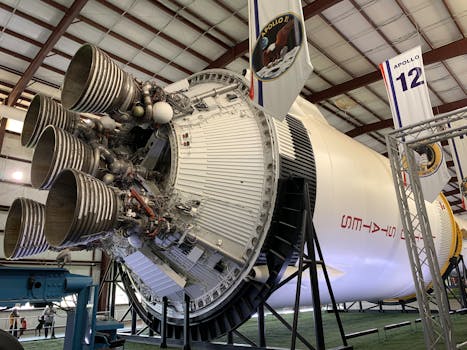
Satellite Development History: Exploring Key Milestones and Innovations
Satellite development history and key milestones have been a crucial part of space exploration, and it is essential to understand the evolution of satellites to appreciate the current state of technology. The concept of satellites dates back to the early 20th century, but it wasn’t until the mid-20th century that the first artificial satellite was launched into space. Since then, satellites have become an integral part of modern life, used for communication, navigation, weather forecasting, and much more.
The first satellite, Sputnik 1, was launched by the Soviet Union on October 4, 1957. This small, beach-ball-sized satellite weighed about 83 kg and measured 58 cm in diameter. Although it didn’t carry any scientific instruments, Sputnik 1 marked the beginning of the space age and sparked a new era of space exploration. The success of Sputnik 1 led to the launch of Sputnik 2, which carried the first living creature, Laika the dog, into space.
Early Years of Satellite Development
The early years of satellite development were marked by rapid progress and innovation. The United States launched its first satellite, Explorer 1, on January 31, 1958. This satellite was designed by NASA and carried a suite of scientific instruments to study the Earth’s radiation belts and the upper atmosphere. The success of Explorer 1 led to the launch of more satellites, including Vanguard 1, which was the first satellite to use solar panels to generate power.
The 1960s saw the launch of the first commercial satellite, Intelsat 1, which was used for communication and broadcasting. This marked the beginning of a new era in satellite development, as commercial satellites began to play a crucial role in modern life. The 1960s also saw the launch of the first weather satellite, TIROS 1, which was used to study the Earth’s weather patterns and provide early warnings for severe weather events.
Modern Satellite Development
Today, satellites are an integral part of modern life, and their applications are vast and varied. Modern satellites are used for communication, navigation, weather forecasting, Earth observation, and much more. The development of new technologies, such as satellite constellations and small satellites, has made it possible to launch multiple satellites into space at a lower cost and with greater efficiency.
The launch of satellite constellations, such as Iridium and Globalstar, has enabled global communication and navigation. These constellations consist of multiple satellites that work together to provide coverage of the entire Earth. The development of small satellites, also known as CubeSats, has made it possible for universities and private companies to launch their own satellites into space, promoting innovation and research in the field of satellite development.
Conclusion
In conclusion, the history of satellite development is a rich and fascinating one, marked by key milestones and innovations that have transformed our understanding of space and the world around us. From the launch of the first artificial satellite, Sputnik 1, to the development of modern satellite constellations and small satellites, the field of satellite development has come a long way. As technology continues to advance, we can expect to see even more innovative applications of satellites in the future.